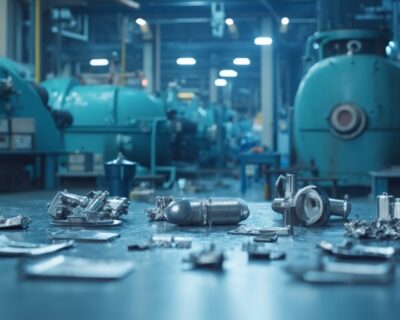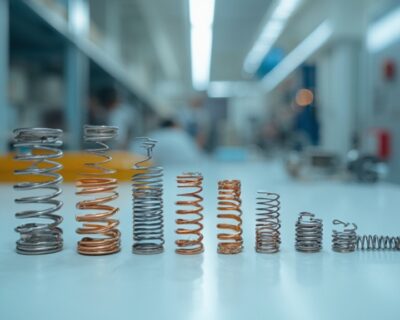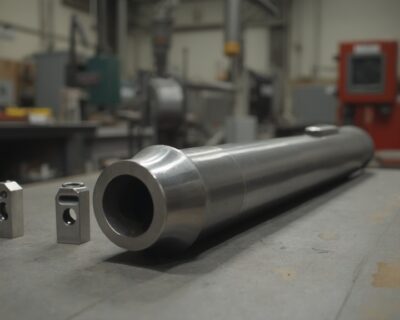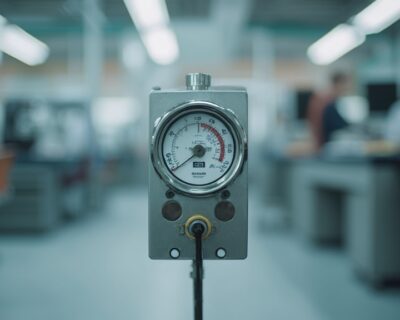Blogs
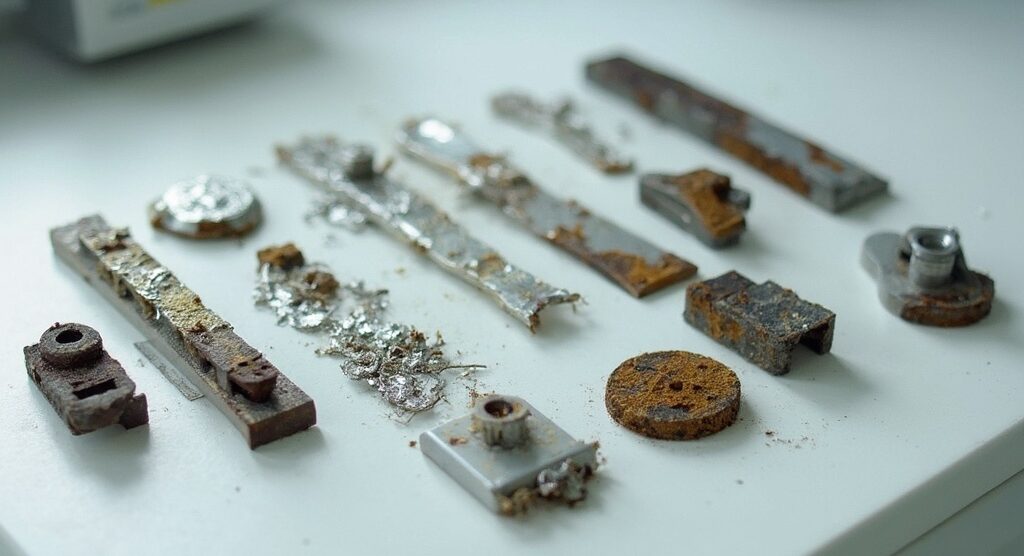
Understanding Metals That Corrode: Types, Mechanisms, and Prevention
Metal corrosion is a widespread issue that threatens the integrity of infrastructure and industrial assets. From bridges and pipelines to manufacturing components, unchecked corrosion can lead to costly failures. To combat this, a strategic understanding of the different corrosion types and prevention methods is essential.
This article breaks down the key mechanisms behind corrosion, examines the environmental and material-based factors that influence its progression, and highlights cutting-edge prevention techniques. With real-world examples and recent research, it offers procurement managers the tools to make informed decisions and protect critical infrastructure.
Types of Metal Corrosion
Corrosion manifests in several distinct forms, each presenting unique threats:
- Uniform Corrosion: This is a steady, surface-wide deterioration that, while predictable, can eventually weaken entire structures if left unaddressed.
- Localized Corrosion: Includes pitting and crevice corrosion, which concentrate in specific areas, creating small, deep cavities that are hard to detect and dangerous.
- Galvanic Corrosion: Occurs when two dissimilar metals are electrically connected in a corrosive environment, leading to accelerated degradation of the less noble metal.
- Stress-Induced Corrosion: A result of tensile stress in corrosive environments, this form creates microscopic cracks that can escalate into structural failures.
Example: In geothermal power plants, corrosive agents like hydrogen sulfide (H₂S) in steam can cause rapid deterioration. Controlling H₂S levels is critical to prevent damage.
How Metal Corrosion Works
At its core, corrosion is an electrochemical process involving oxidation and reduction reactions. Metal atoms lose electrons and react with elements like oxygen and water. Factors such as temperature, pH, and salinity can accelerate this process.
Traditional methods like the “cook-and-look” approach—submerging samples and checking for changes—are now being supplemented with advanced technologies. For example:
- Pacific Northwest National Laboratory (PNNL) has developed high-resolution techniques to visualize corrosion at the micro level, helping refine fabrication techniques like friction stir welding and Shear Assisted Processing and Extrusion (Shape™).
- Breakthrough Research: Dr. Kaiping Yu’s work on Mn-based passivation of stainless steel showcases how atomic-level analysis is revolutionizing our understanding of corrosion resistance.
Factors That Influence Corrosion
Several elements determine how quickly and severely metal deteriorates:
1. Environmental Conditions
Climate plays a significant role. For example, Qatar’s coastal and desert environments challenge infrastructure durability. Organizations like the Corrosion Research Center (CRC) in Qatar provide specialized solutions for these extremes.
2. Material Composition
Alloying elements can enhance resistance. One study on Ti-2.5Al-2.6Zr, a near-alpha titanium alloy, showed that severe plastic deformation improved both strength and corrosion resistance.
3. Protective Coatings and Treatments
Methods like cathodic protection (CP) use sacrificial anodes (e.g., aluminum, zinc, magnesium) to shield metal structures, especially underwater ones, from corrosion.
Corrosion Prevention Strategies
A multi-faceted approach ensures optimal protection:
- Protective Coatings: Act as barriers against moisture and chemicals. The CRC in Qatar uses advanced coatings tailored to harsh environments.
- Cathodic Protection Systems: These include:
- Sacrificial Anode Systems — use reactive metals to shield primary structures.
- Impressed Current Systems — powered setups for larger or more demanding installations.
- Corrosion-Resistant Alloys: Selecting materials based on their environmental compatibility is vital.
- Regular Maintenance and Monitoring: Advanced analytics, like those developed by the CRC, enable early detection and timely intervention.
Galvanic Corrosion: How to Prevent It
When metals with different electrochemical potentials touch in corrosive settings, the less noble one corrodes faster.
Prevention tips:
- Use insulators to separate metals.
- Apply protective coatings.
- Choose compatible metals.
- Understand the electrochemical series to anticipate interactions.
In geothermal settings, injecting Corrosorber® Liquid reduces H₂S levels, significantly lowering corrosion risks.
Localized Corrosion: Pitting and Crevice Types
These subtle yet dangerous forms of corrosion often go unnoticed:
- Pitting creates pinpoint holes that can cause structural failure.
- Crevice corrosion develops in confined, low-oxygen areas, such as beneath washers or gaskets.
Again, geothermal power plants illustrate the need for vigilance—localized corrosion here can lead to equipment failure if not promptly addressed.
Spotlight on Cathodic Protection
Cathodic protection (CP) is a cornerstone of modern corrosion control:
- Converts metal surfaces into cathodes, halting corrosion.
- Requires detailed system design and consistent maintenance.
Impressed current systems are ideal for large infrastructure, while sacrificial anode setups work best for simpler or submerged structures. Both approaches are widely used across industries.
Conclusion
Corrosion is more than just rust—it’s a complex, destructive process that requires careful management. For procurement managers, understanding the science and prevention of corrosion is crucial to making informed material choices and ensuring long-term reliability.
Key takeaways:
- Recognize the types of corrosion and their unique challenges.
- Leverage innovative research and monitoring tools for early detection.
- Consider environmental conditions, material properties, and protective systems when planning infrastructure investments.
The future of corrosion management lies in combining strategic procurement with science-driven solutions. As technology evolves, so too do our methods for preserving the integrity of metal structures.

